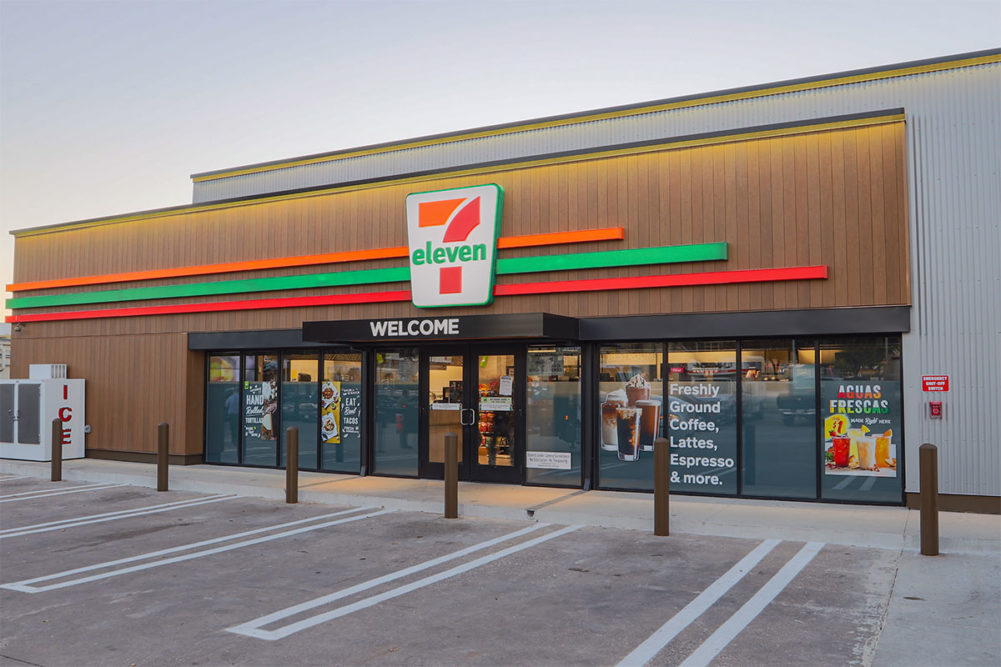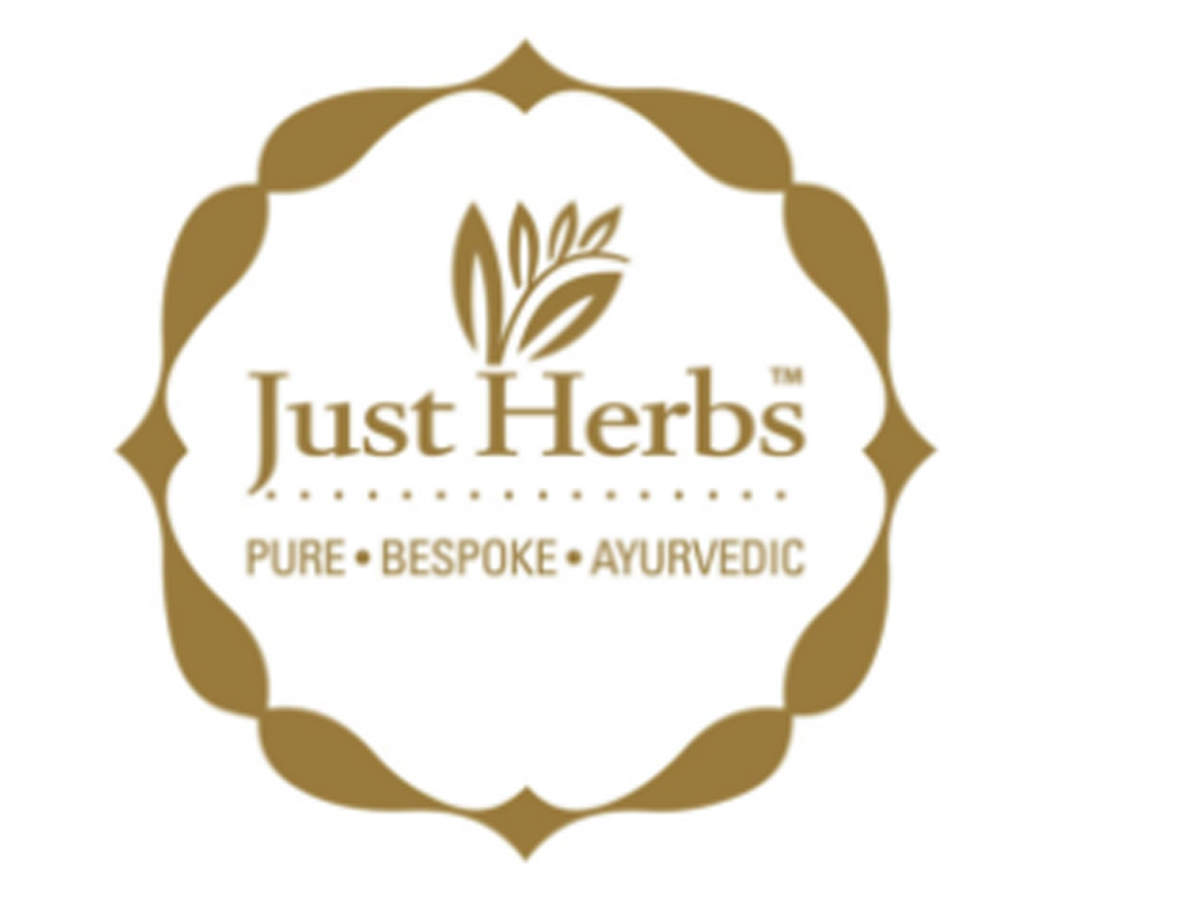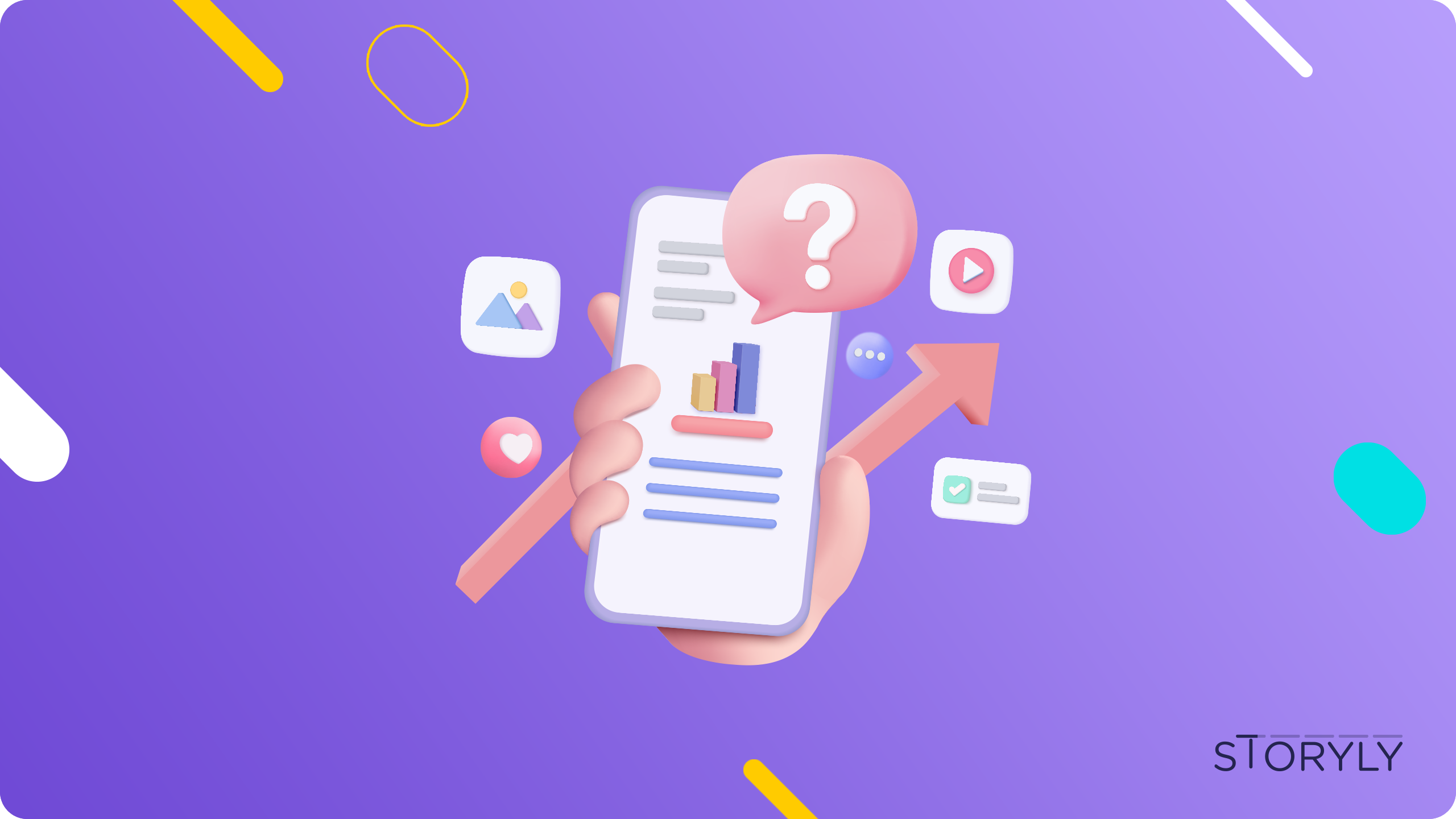In the exciting world of mobile apps, reaching success can be a bit like hitting a bullseye in a game. To hit that target, we have a powerful tool at our disposal, Segmentation: Targeting App Users. Now, don’t let the fancy name intimidate you – it’s like sorting your friends into groups at a party based on their interests.
User Segmentation helps us understand our app users better by dividing them into different categories. This means we can give them exactly what they want, creating a more personalized and engaging experience.
But that’s not all. We have another trick up our sleeve: Targeted Marketing. Think of it as a secret message shared with a close friend instead of shouting it in a crowd. This helps us send the right message to the right people at the right time.
The result? App Engagement, which is like making your app so irresistible that users can’t put it down. And when they’re engaged, they’re happy, and when they’re happy, we achieve Maximum Impact – our app’s ultimate success. So, let’s dive in and discover the power of segmentation in targeting app users for maximum impact!
Tailoring content for enhanced app engagement through user segmentation is crucial
Tailoring content for enhanced app engagement through user segmentation is crucial in the world of mobile apps. User segmentation, a technique that involves categorizing app users based on their characteristics and behavior, plays a pivotal role in the success of targeted marketing.
By understanding your audience better, you can create content and experiences that resonate with them, increasing app engagement. This approach ensures that your messages, promotions, and features are not one-size-fits-all, but tailored to meet the unique needs and preferences of different user segments.
The result? Maximum impact! Users feel like the app speaks directly to them, which leads to higher user satisfaction, more conversions, and ultimately, increased success for your app. So, don’t underestimate the power of segmentation—it’s your secret weapon for app success.
Reaching the right users at the right time is key with targeted marketing strategies
Reaching the right users at the right time is a cornerstone of successful targeted marketing strategies, especially when harnessed through user segmentation. User segmentation is the art of understanding your app’s audience and dividing them into groups based on shared characteristics.
By using this information, you can create marketing campaigns that specifically cater to these different user segments. This approach ensures that you’re delivering the right message to the right people when they’re most receptive.
When you reach users with content that resonates with their needs and preferences, you boost app engagement and, consequently, maximize the impact of your marketing efforts. So, when it comes to driving success for your app, remember that user segmentation is your compass to lead you to the right users at the right time.
Measuring the impact of app engagement metrics is essential for improving the user experience

Measuring the impact of app engagement metrics is a crucial step in enhancing the user experience, especially in the context of user segmentation and targeted marketing. User segmentation helps you understand the diverse needs of your app’s audience. Once you’ve tailored your content and strategies for these different user groups, it’s vital to track how they’re responding.
App engagement metrics, like user activity, retention, and conversion rates, provide valuable insights. By analyzing these metrics, you can identify what’s working and what needs improvement. This data-driven approach empowers you to continuously refine your app and marketing efforts, ensuring that the user experience keeps getting better.
Ultimately, measuring the impact of app engagement metrics is the compass that guides you towards maximum user satisfaction and app success.
Segmentation Strategies Across Multiple Brands for Maximum Impact
In the realm of app user targeting, segmentation strategies play a vital role in achieving maximum impact. To illustrate this, let’s consider three prominent brands: 7-Eleven, Starbucks, and Just Herbs.
- 7-Eleven:

The 7-Eleven app is known for its effective coupon distribution, encouraging users to visit their stores and redeem enticing offers. With over 50,000 7-Eleven locations, the coupon feature alone is a compelling reason for many to adopt the app. By understanding the diverse preferences of its customers and tailoring offers accordingly, 7-Eleven effectively segments its user base
- Starbucks:

Starbucks, a frontrunner in brand identity integration, has taken the customer experience to the next level with its app. Not only does it cater to occasional customers, but it also rewards loyal patrons with loyalty points and a seamless payment system. Starbucks expertly segments its users by distinguishing between occasional visitors and regulars, ensuring a tailored experience for each.
- Just Herbs:

The Just Herbs app stands out by boosting profits through user-friendly design and a robust loyalty program. It leverages segmentation by offering different daily promotions, using vibrant colors, and keeping users engaged. This brand excels at understanding its customers’ diverse needs and preferences, enhancing the overall user experience.
In summary, effective segmentation strategies allow brands like 7-Eleven, Starbucks, and Just Herbs to connect with their app users in a more personalized and impactful way, ultimately driving user engagement and satisfaction.
The role of segmentation in app success is vital for achieving maximum impact

The role of segmentation in app success is absolutely vital when aiming for maximum impact. User segmentation, a technique that involves dividing your app’s users into distinct groups, forms the cornerstone of targeted marketing strategies.
Understanding the unique characteristics and behaviors of these groups is like having a treasure map for your app’s success. By tailoring your content and marketing efforts to each segment’s specific needs, you create a more personalized and engaging user experience.
This, in turn, boosts app engagement, conversions, and overall impact. Without segmentation, you’re essentially navigating in the dark, but with it, you have a clear path to maximizing the potential of your app. In summary, user segmentation is your key to unlocking the full potential of your app and achieving the maximum impact you desire.
Conclusion.
In wrapping up our exploration of The Power of Segmentation, we’ve embarked on a journey to maximize the impact of our apps. User Segmentation, like grouping friends with similar interests at a party, is the starting point. It allows us to understand our users on a deeper level, tailoring our approach to their unique needs.
By using Targeted Marketing, we whisper personalized messages to our users, much like sharing secrets with close friends. This fosters a sense of connection and engagement, keeping them invested in our app.
App Engagement is the heart of our strategy. It’s like creating a game that users can’t resist playing. This keeps them coming back for more, making our app an indispensable part of their lives.
Ultimately, when we successfully implement these strategies, we achieve Maximum Impact. Our app soars to success, and our users are delighted. It’s clear that User Segmentation and Targeted Marketing are potent tools in the quest for app excellence. So, remember, the power of segmentation is the key to not just growing your app but making a lasting impact on the lives of your users.





